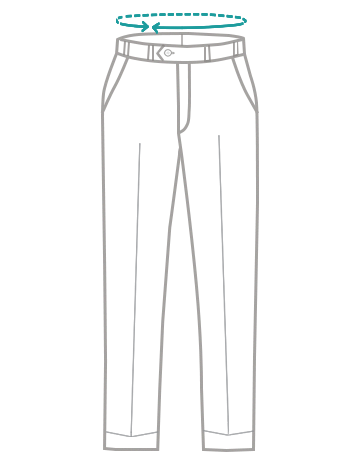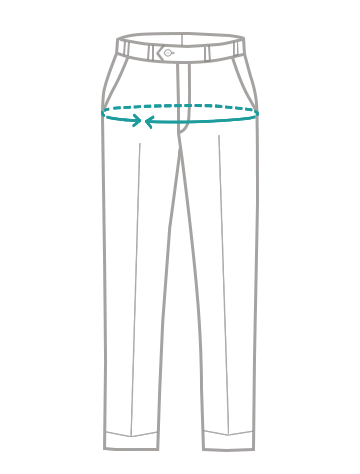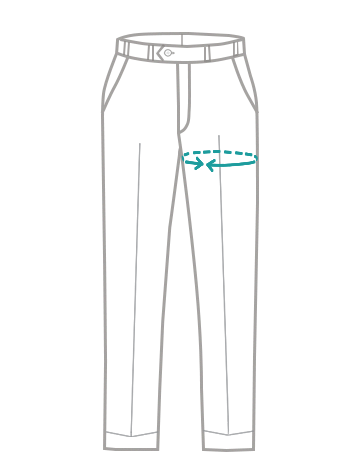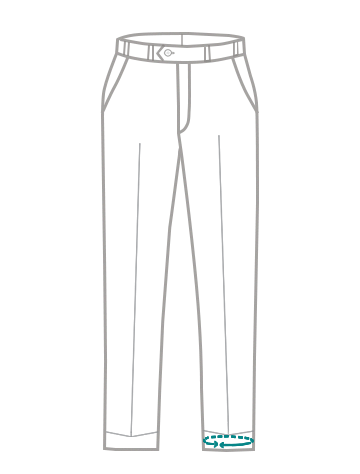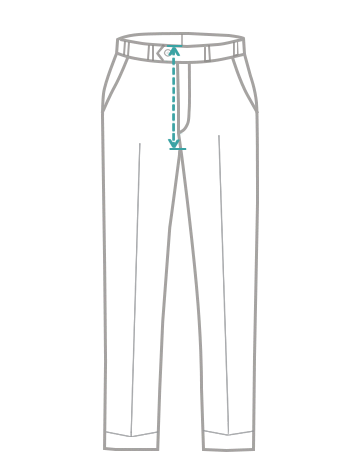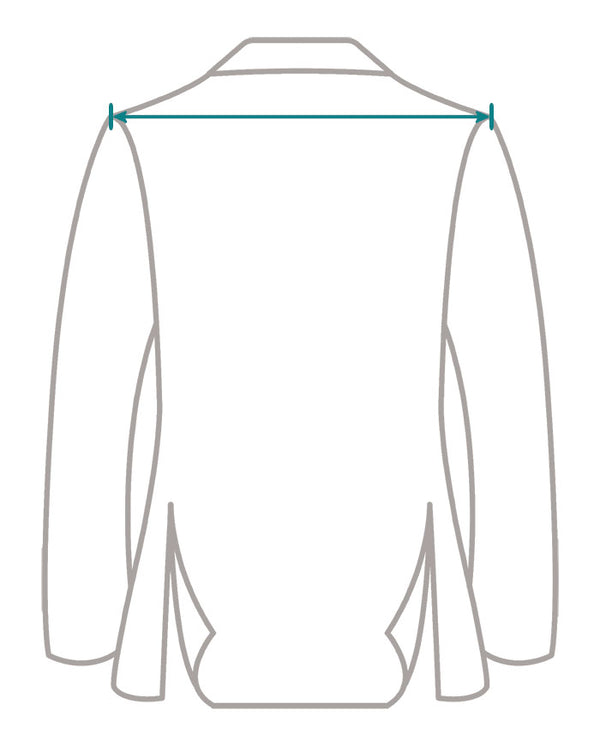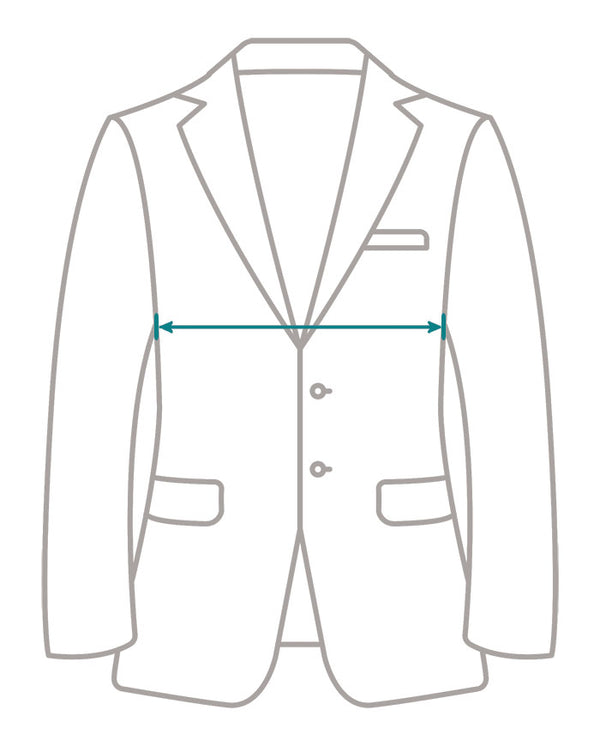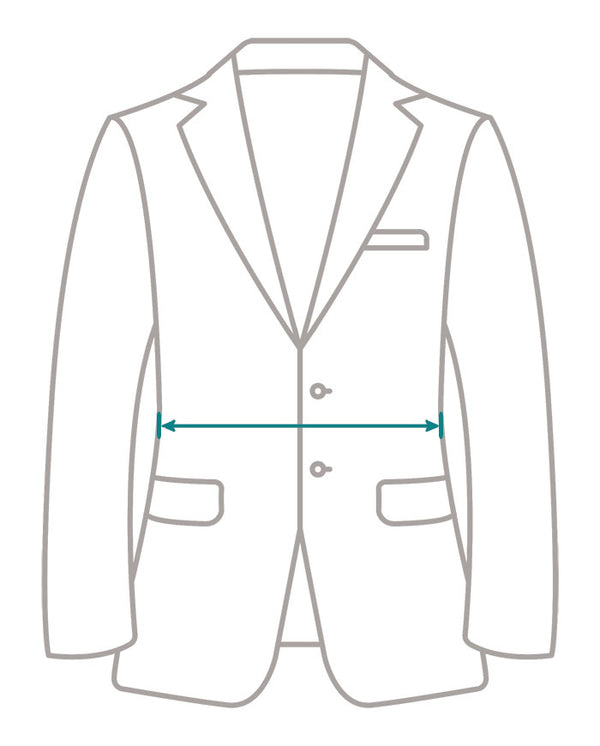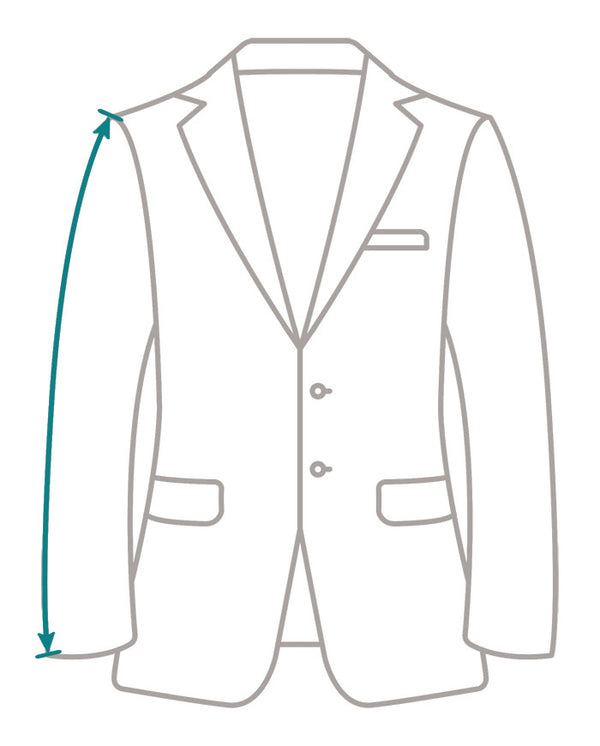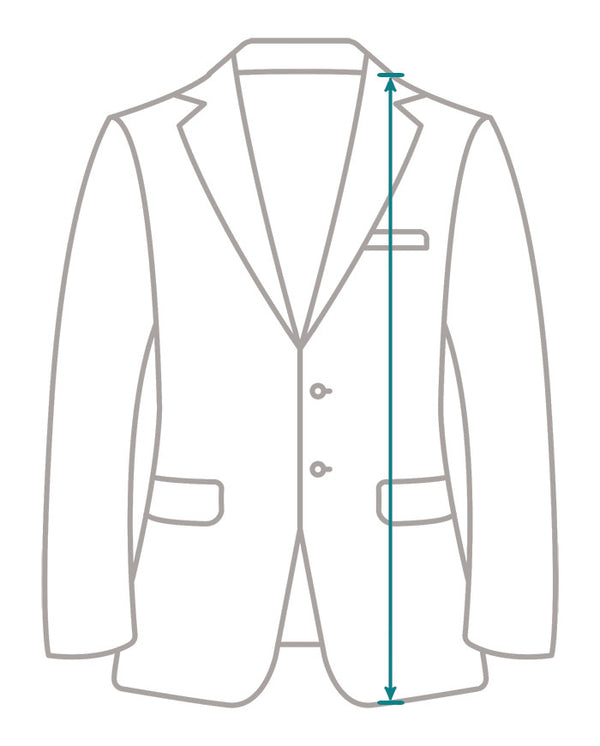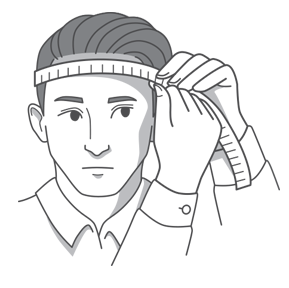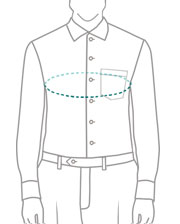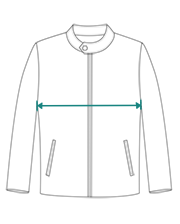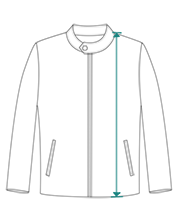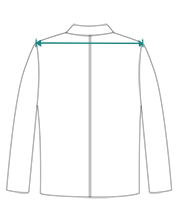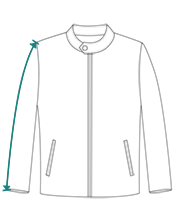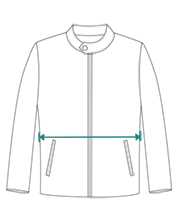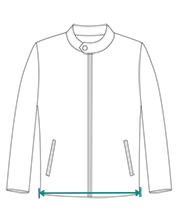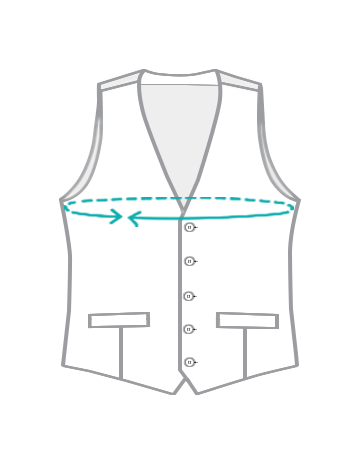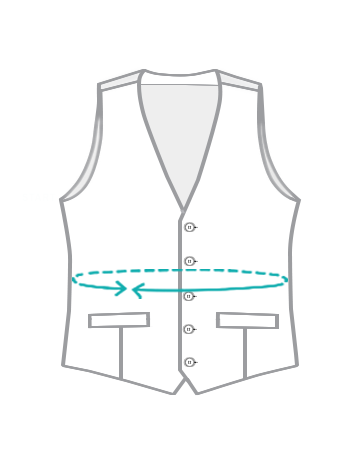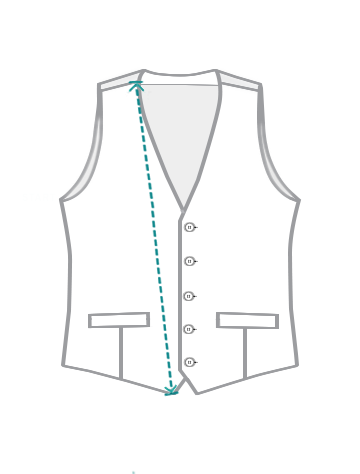HOW TO KEEP YOUR LEATHER JACKET FROM DRYING OUT

A high-quality leather jacket will offer you countless years of use when properly maintained, making it a smart investment for all budget-conscious consumers. But like all products made of genuine leather, leather jackets are susceptible to damage when they dry out. As a leather jacket loses its moisture content -- yes, there's moisture in leather -- it will become stiff. If the dryness persists, it may crack or experience other structural damage. There are ways to keep your leather jacket from drying out and protect against such damage, however. To ensure your jacket lasts a lifetime, follow the tips listed here.

Why Leather Dries Out
The first step to keeping your leather jacket from drying out is understanding why this phenomenon happens. You see, leather is a porous material, like wood, with an array of small holes throughout the surface. Although you can't seem them without a magnifying glass, these pores constantly absorb and release moisture. Normally, there's enough moisture within leather to prevent damage like cracking. When enough moisture escapes, however, it can lead to damage.Store Your Leather Jacket in a Climate-Controlled Area
To keep your leather jacket from drying out, store it in a climate-controlled area. Leaving it in your car is never a good idea simply because there's no way to control the climate (not without your car running, at least). The fluctuations in temperature and, most importantly, humidity, can cause your jacket to dry out. Storing it inside your home, on the hand, gives you greater control over the climate. You can set your home's thermostat to a moderate, comfortable temperature, and you can use a humidity gauge to monitor the humidity. Ideally, you should strive to maintain a relative humidity of 40% to 50% in your home. At 50%, the air holds half the amount of moisture vapor relative to the total amount that it is capable of holding at the given temperature. Technical jargon aside, 40% to 50% relative humidity means the air isn't dry but also not too moist. It's a happy medium that will protect your leather jacket as well as other leather items from dryness.Let it Breathe
Some people assume that it's best to store leather jackets in a sealed plastic bag. In fact, some people have even gone so far as to place their leather jacket in a garbage bag, believing this will protect it from drying out. This isn't necessarily wrong; storing your leather jacket in a sealed plastic bag will prevent it from drying out. However, it can also damage your jacket by restricting it from breathing. All leather products need to breathe, and jackets are no exception. When you store a leather jacket in a sealed plastic bag, moisture becomes trapped and unable to escape. As this moisture lingers inside the bag, it encourages mildew to form on the leather jacket. Thankfully, this is easily avoided by allowing your leather jacket to breath. You still store it in a plastic bag, but make sure the bag has holes so that the air can flow in and out. If it's completely sealed, air won't be able to flow freely.

